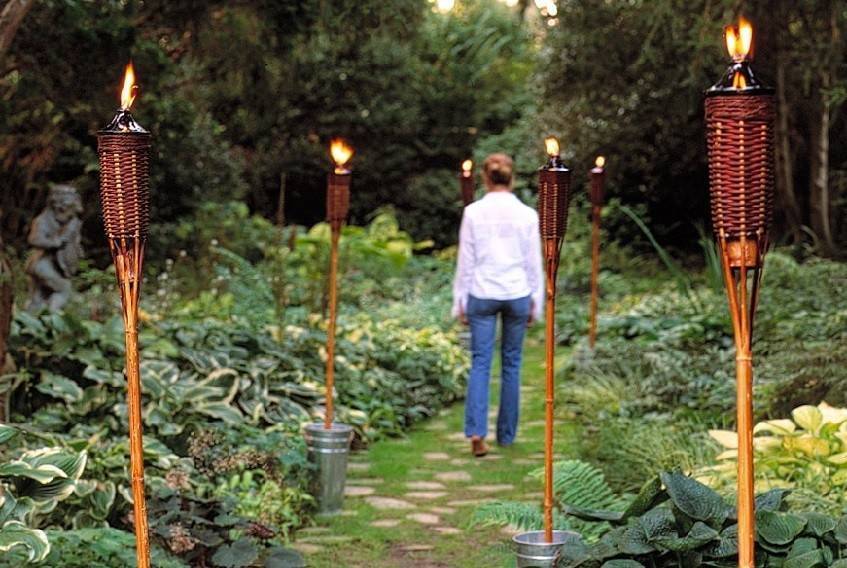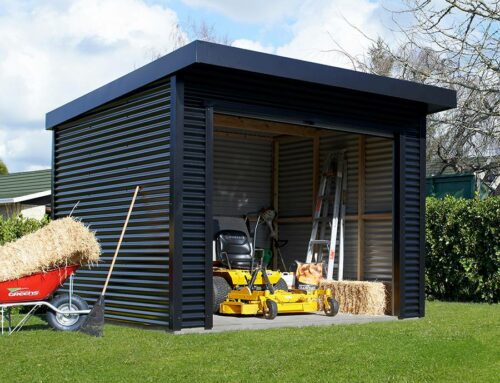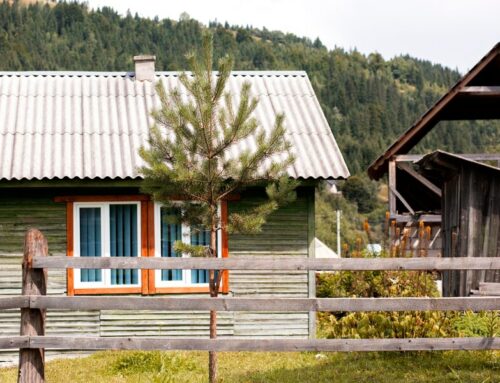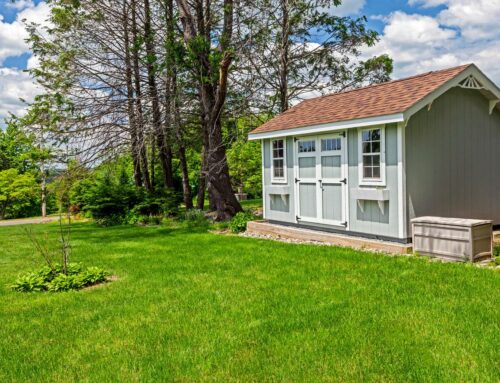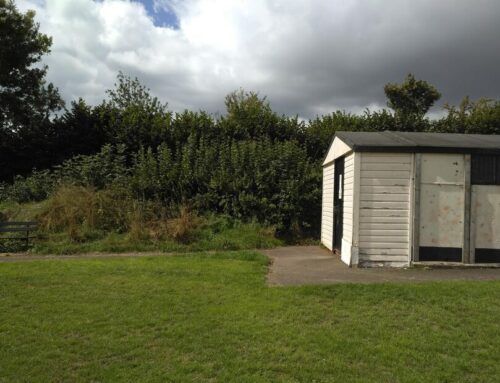The climatic contrast between kiwi gardens in the north and the south can be huge during this season. It might be that northerners are still picking salad greens and capsicums while snow and sleet can target southern spots. Gardeners in frosty regions can grow better parsnips, swedes and brussels sprouts.
They said that a good frost will sweeten the flavour of many winter veges, and this is due to a survival mechanism. When frosts strike, these plants start pumping sugar which is a natural antifreeze into their cells to reduce the overall water content.
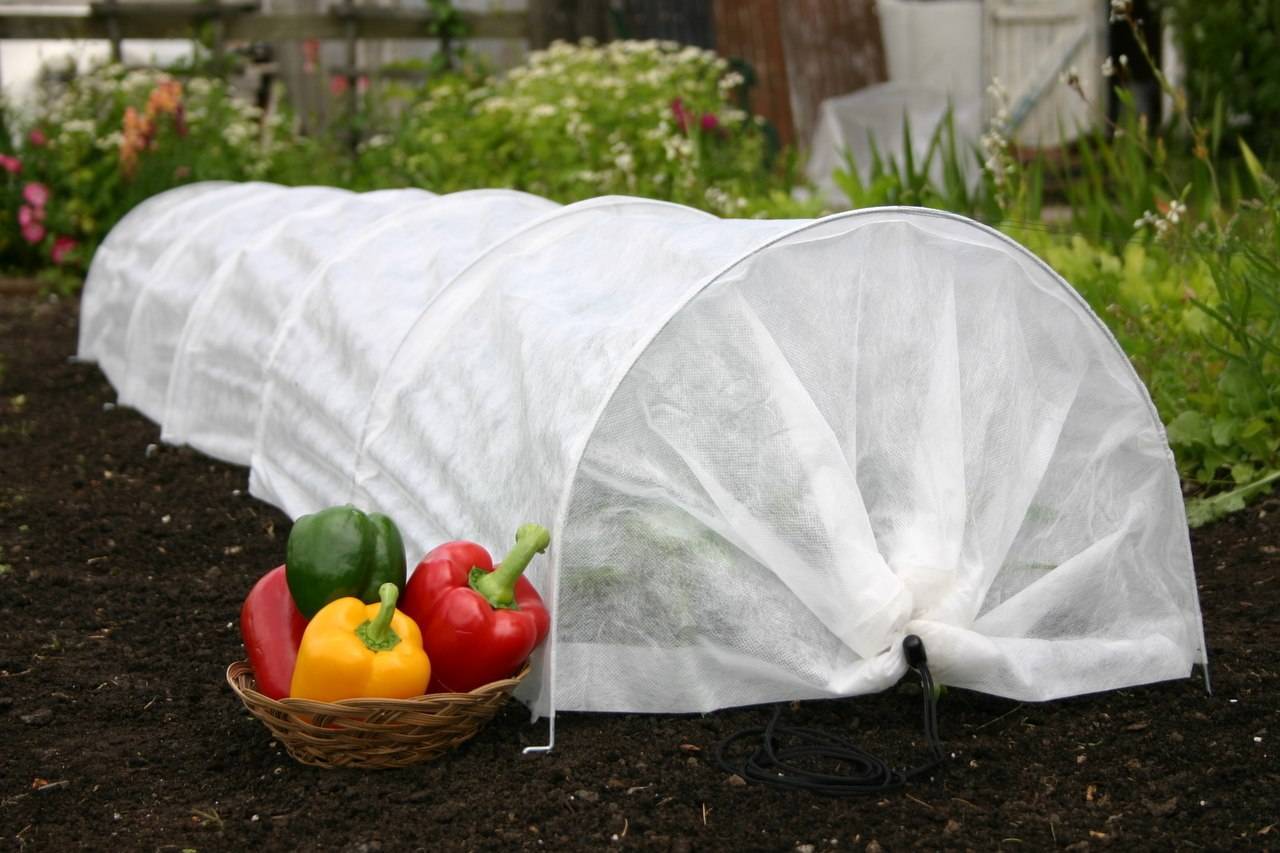
Frost facts & tips
- frosts normally strike on still, clear, cold nights. You need to protect your plants at night if the sky has been blue all day during winter.
- you need to grow tunnels that is covered with clear polythene or with frost cloth such as mikroclima, plastic cloches, glass bell jars or even old recycled soft drink bottles. It can help to protect vulnerable seedlings from the cold.
- use a fleece tunnel or cloche over your tender seedlings, it will make a big difference since wind chill can lower the temperature by several degrees.
- install drains and raise containers up on feet during winter.
- you need to keep a detailed weather diary. Each location has a different climate, however, if one kept records yearly, you’ll learn when to get your frost cloth out of the shed.
- frosts are not bad at all since during cold winters it can kill off bugs and it also break up clods of exposed soil.
- shade your plants to slow the thaw since frosts really caused damage to those tender spring seedlings.
Do not prune branches damaged by frost
Do not prune off the stems and foliage of citrus or tamarillos that was damaged by frosts. It will only encourage plants to produce soft new growth, which frost will attack again, and that second assault often proves fatal.
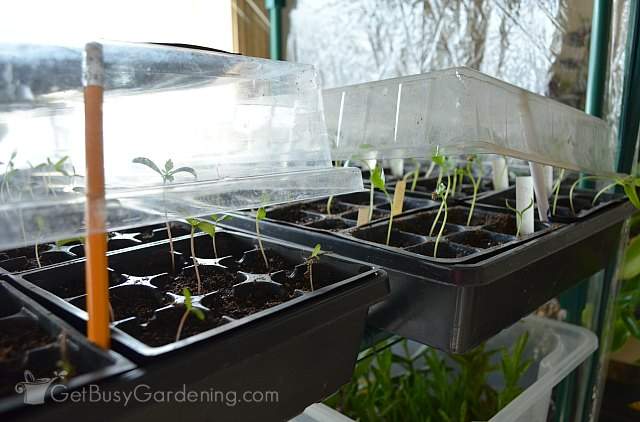
Protect citrus trees
Do keep a roll of frost cloth handy for citrus trees during frosts. You can spray your citrus with liquid frost cloth every six weeks. This organic, non-toxic spray forms a waxy coat to protect the delicate foliage.
Move your seed trays under cover
Always remember, that as weather gets cooler and wetter, seedlings are susceptible to damping off. This fungal disease causes seedlings to collapse and die. Too much water is the main reason, so hide seed trays on a porch or under a clear plastic cloche and let the seed-raising mix dry out between watering.
Take a break
Look for a breather. Instead of sulking about what you can’t get done in your garden, better take a break and enjoy. Either you will tidy up your shed, seek out new landscaping ideas or maybe compile planting wish-lists for spring.
A guide to growing with cloches & covers in winter
- having cloches, bell jars, cold frames, fleece-covered grow tunnels and mini greenhouses are a very important for gardeners since it allows you to raise seedlings outdoors in early spring.
- you can make a cold frame on top of a soil base. It is best to have an angled glass or perspex top attached with hinges as it allows for maximum light and warmth. Make it open on sunny days for ventilation.
Classy cloches
You can make your own cloche. It is very effective to use for salad plants. For you to make one, you just need to bend the wire into hoops, push it into the ground and drape frost cloth or clear plastic over the hoops, then tie the ends of the plastic in a knot and peg them down.
A guide to glasshouse growing
Having a greenhouse is a huge advantage for gardeners. In this way, you can extend growing seasons, you can get an early start on spring and even grow vegetables all year round.
Glasshouses are somewhat costly over plastic, but it has greater advantage such as longevity. Also, ultraviolet light won’t cause your panes to fall to bits, but broken glass panes can be expensive to replace. Plastic tunnel houses generally cost less and are easier to transport and install.
You can also build your own diy glasshouse from old windows.
Beat the dry
Although growing under cover gives a huge advantage, it has its downside too. Growing under cover gets your plants become deadly dry. So, installing an automated irrigation is the safest way to ensure that your plants won’t die of thirst.
Revitalise
One should keep in mind to add a vitalized soil at the start of spring since the soil inside your glasshouse can also go stale if it isn’t carefully monitored. It is a good way to collect rain water for irrigating, make a humus-rich soil and better sow winter cover crops. If you prefer not to plant directly into the soil floor of your glasshouse, you can grow veges in pots or bags of potting mix instead.
Ventilate
During the summer, convection currents created by the natural heat is more than enough to maintain good circulation. During winter, you should maintain air circulation since preventing the growth of mold can be more difficult. With heat and protection from rough weather, we get to eat various exotic plants, but a hothouse can become an oven if it’s too well sealed. Ventilation is the key to success so get into the habit of opening the door or flipping open roof vents. Heat, plus moisture, attracts molds and fungi. Let the air flow freely through your glasshouse to move excess moisture and unwanted fungal spores.
Store up heat
It is also a great idea to install a heat storage unit such as a barrel of water or a stack of bricks that will hold the heat of the day and radiate it out again through the night or probably cover your plants with sheets of newspaper when frosty weather strikes.
 Shade savvy
Shade savvy
Having a shade is also beneficial. If think that your plants are looking over-exposed – burned leaf margins are a giveaway – whiten a few glasshouse panes with paint.
Winter veges
These winter veges such as kale, chard, potatoes, cabbages and cauli as well as those fast-producing greens that can be picked leaf by leaf – will be growing well by now. These all benefit from the shelter and warmth of being inside but always keep in mind to leave the door open – they are not tropical flowers.
Green crop
If you are planning on growing something under cover over winter but do not want to fuss, then it’s better to sow a green crop.
Essential kit for glasshouses
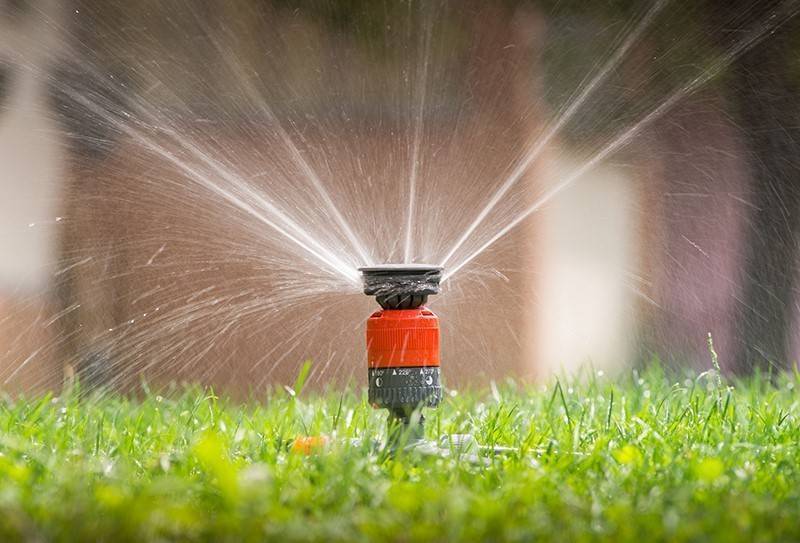
Watering cans & sprinkler systems
Your indoor crops need a watering can. And for those who do not visit their glasshouse daily, it is recommended to have a sprinkler systems and timers.
If you have tomatoes, remember that they can do better when their leaves don’t get watered directly, so a system that waters their roots will make for a happier plant. There is less watering needed during winter, therefore if you have installed a timed system, turn it off.
Thermometer
It’s important that you know, how high or low the temperature inside your glasshouse goes. Therefore, a good quality maximum-minimum thermometer is all you need to give an excellent record of temperatures around the clock.
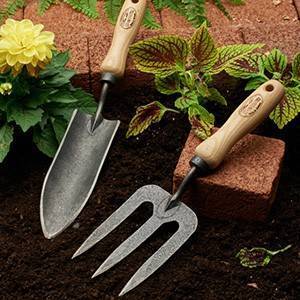 Hand tools
Hand tools
Having a swinging spades and hoes inside glass and thin plastic structures is also needed for your tunnel house. These small trowels and forks have a valuable place under cover and are often all that’s needed to work the finer soils in your tunnel house.
Sharp scissors
When you are growing crops, having a good pair of scissors is invaluable for plants that need supporting on strings to take advantage of some restricted light. You need to hang the scissors in an accessible place, so you don’t end up burying them in the soil by accident. Scissors can also substitute for a pair of secateurs, as they won’t struggle to cut through the softer stems of those plants that favor indoor cultivation. Be sure to keep them sharp always.
Install shelving
Do you know that shelving really increases the potential to produce a great number of plants, no matter what the weather does.
If there is a constant supply of seedlings of all sorts, then there will be a great increase of production in the outdoor garden. A tray of corn, broccoli, lettuce, courgettes, spinach, pumpkins, leeks – anything and almost everything that grows outdoors can be started off, as early as you like, in the special conditions of a glass or plastic house.
Torch or headlamp
There are cases that some gardeners are still working in their glasshouse at night, so a torch or a headlamp is a useful tool to have. A headlamp that doesn’t get in the way and always points in the direction you’re looking for is better than a hand-held torch.
Sturdy stakes
When you aim to stake your glasshouse plants, using a bamboo is one of the best and the most affordable option. However, if you really have enough budget then you can opt for a long-lasting stainless-steel stake or plastic-coated metal – depending on what crops you grow and how much support they need. We all know that bamboo is strong and can support considerable weight but usually needs to be replaced more often.
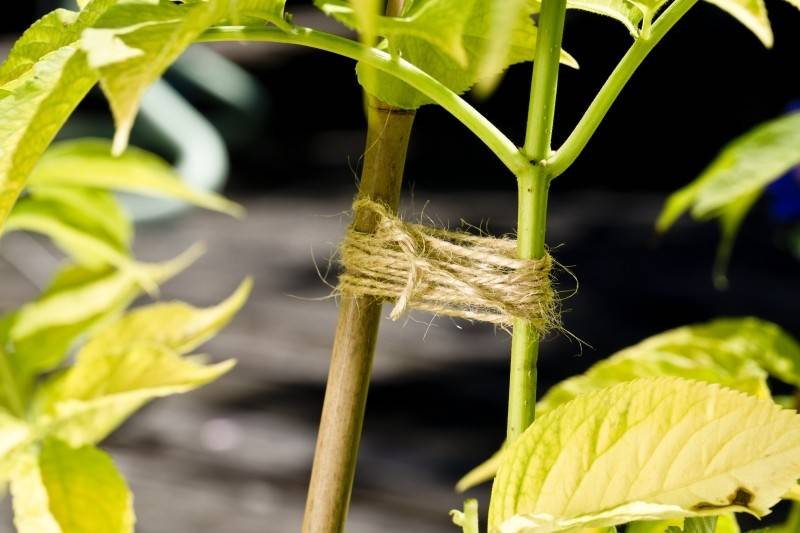
String and ties
There are a lot of things in the glasshouse that require tying up or lashing down. For example, these tomatoes that rise to gather as much light as they can; the sprawling grapevines that need to be marshalled with twine; and thermometers and other measuring devices that do better attached to the uprights of the house than laid down on the soil where people walk. You can also make use of what’s in your garden if you’re not into synthetic string or ties.
If you are creative enough, you can also use flax, cabbage tree leaves and some grasses can be turned into eco-friendly string.


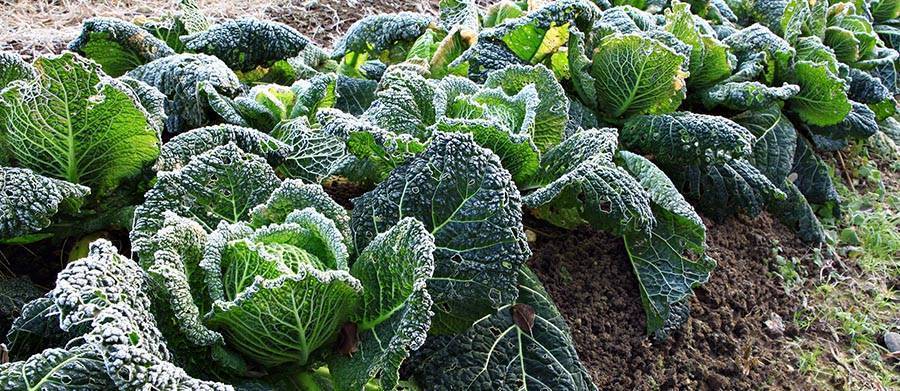
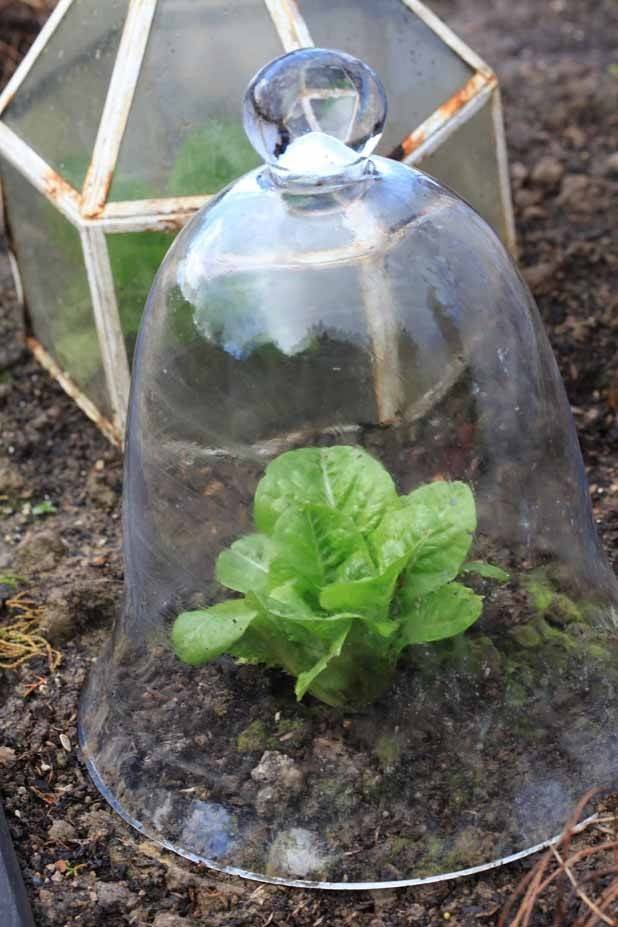
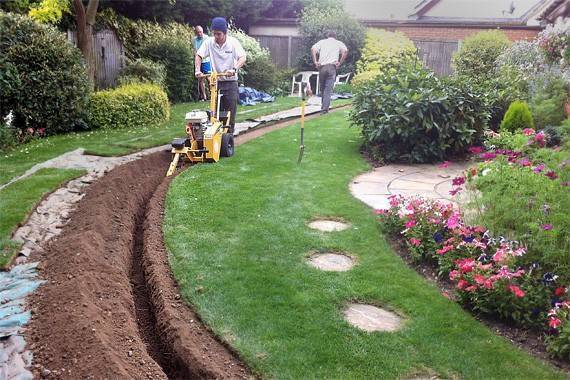
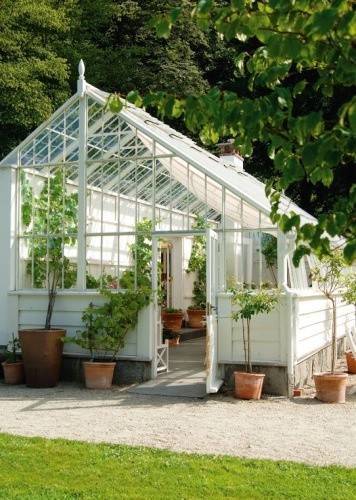 Shade savvy
Shade savvy